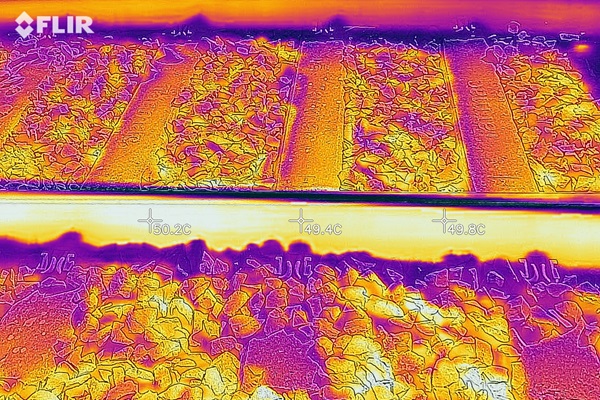In-person versus remote monitoring of track temperatures questioned by reporter to CIRAS.

Safety-critical permanent way (p-way) staff used to monitor track temperature in person. It’s now done remotely, said a reporter. Staff monitoring it remotely aren’t safety-critical, so it’s unclear how they’d spot issues such as track distortion. There’s a risk, they said, of not implementing speed restrictions when needed.
Network Rail said in-person monitoring of track at risk of buckling in the heat hadn’t been standard since February 2023. Since then, normal-risk sites in Wales and Western Route have been managed remotely, with only the few high-risk sites monitored in person, on site after a train has passed or at intervals. Track temperature can also be measured accurately remotely.
However critical rail temperature (CRT) is reported, CRT speed restrictions mitigate the risk of buckling. Intelligent infrastructure technicians (IITs) carry out the remote-monitoring task, which isn’t safety-critical. They escalate issues to p-way staff, who can impose a speed restriction. The technical head of track and the route asset manager endorse this approach.
P-way staff monitored track temperatures as well as their main role, working for longer than contracted. Using IITs is a safer alternative and enables 24-hour monitoring. Remote monitoring also reduces the risk of dehydration, lone working, collapse, and sun stroke.
Network Rail said it would review its processes ahead of summer. It has rebriefed staff at the Central delivery unit about the reasons for the change to ensure they’re fully understood.
